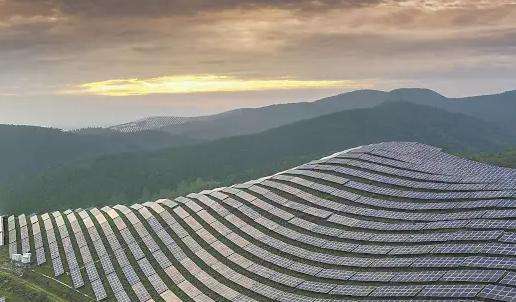First of all, foundation projects refer to basic projects that provide stable support to buildings or structures. This usually involves the construction of underground structures, including pile foundations, foundation treatments, etc., to ensure the stability and safety of the above-ground parts. In the photovoltaic project you mentioned, the underground pile foundation is used to support and fix the basic structure of the photovoltaic equipment to ensure its stable operation. From this point of view, this part of the work falls well into the category of foundation projects.
Second, although the photovoltaic project as a whole belongs to the new energy category, the underground pile foundation you mentioned does not directly involve the power generation function of the equipment photovoltaic, but focuses more on support andfixed structure. Therefore, from this point of view, the underground pile foundation part does not directly reflect the essential characteristics of new energy projects.
In summary, since the main function of the underground pile foundation is to provide stable support and fixed structure for photovoltaic equipment to ensure the stability and safety of the project, this part work is more likely to be defined as a foundation foundation project.
The disadvantages of single cell cement cell photovoltaics are as follows.
1. Low energy density: Although the total energy that the sun projects onto the earth is extremely enormous, because the earth's surface is also very large and most of the earth's surface is covered by oceans, the Solar energy that can actually reach the earth's surface cannot reach the earth. The scopeof solar radiation energy is about 10%, resulting in less solar energy obtainable directly per unit area of land.
2. Large area: Due to the low energy density of solar energy, the photovoltaic power generation system occupies a large area.














